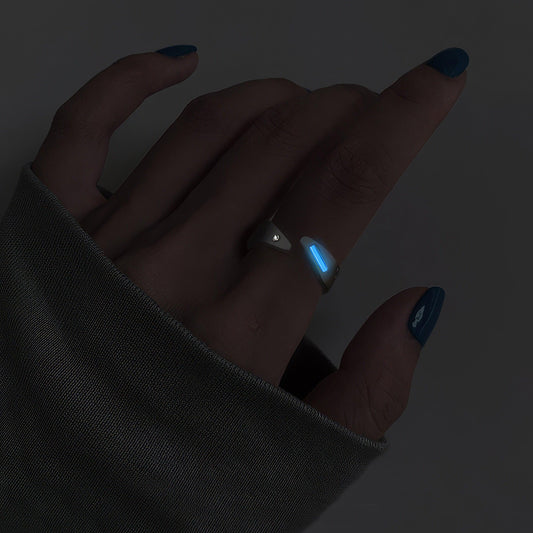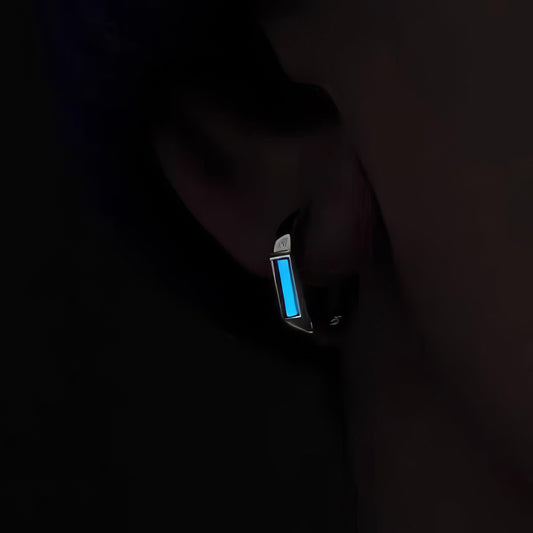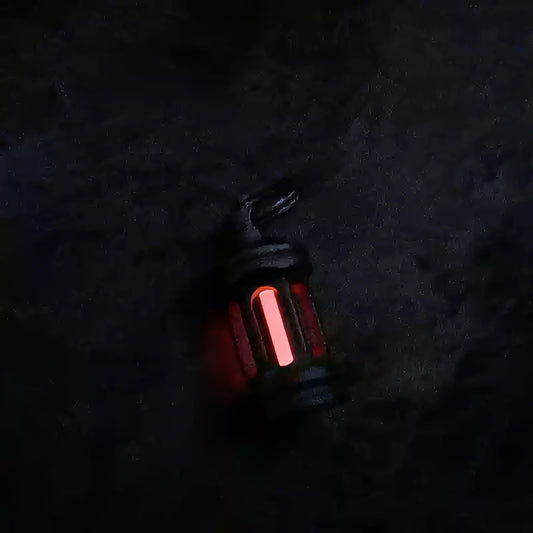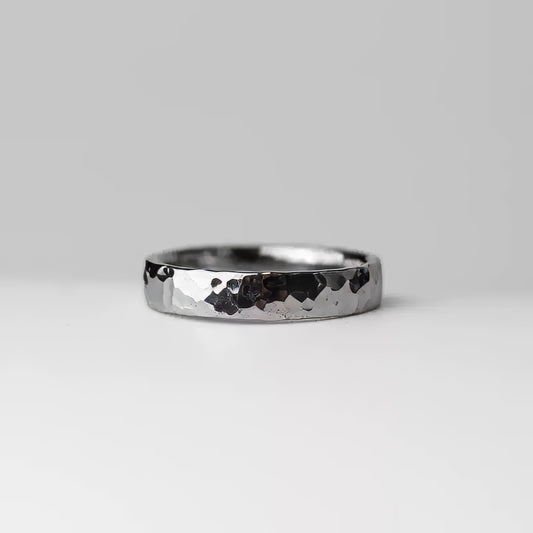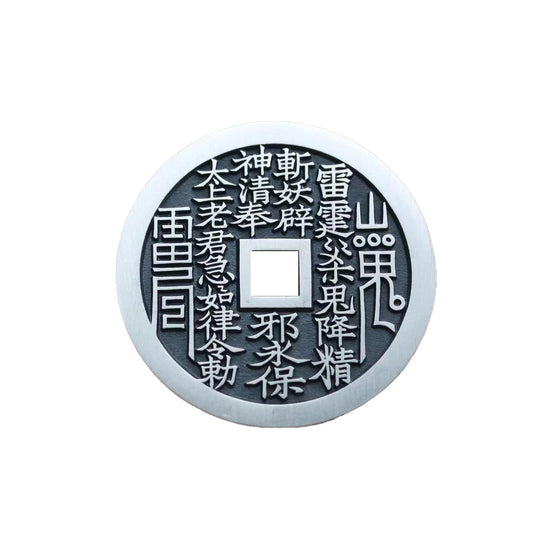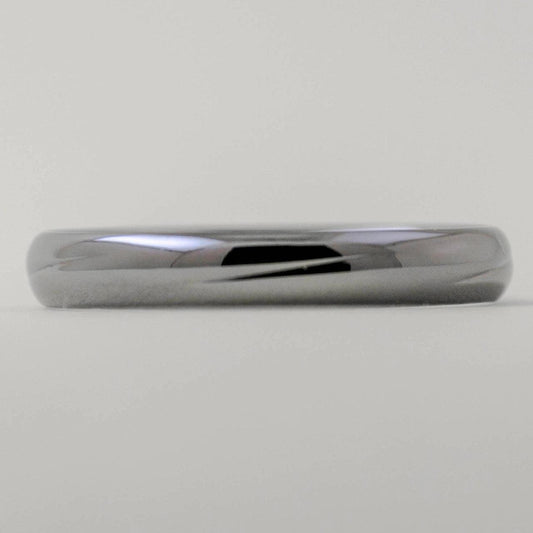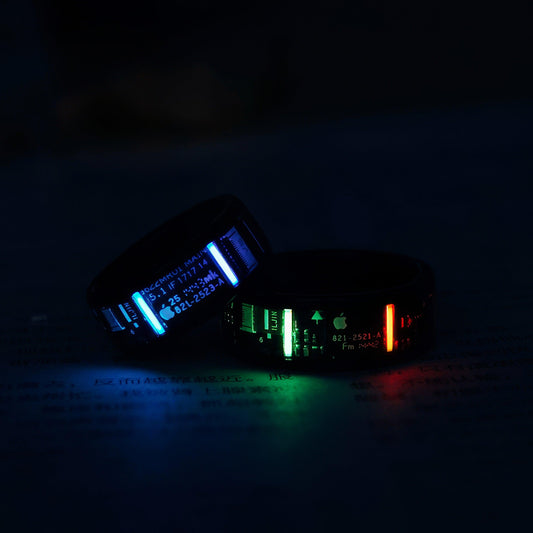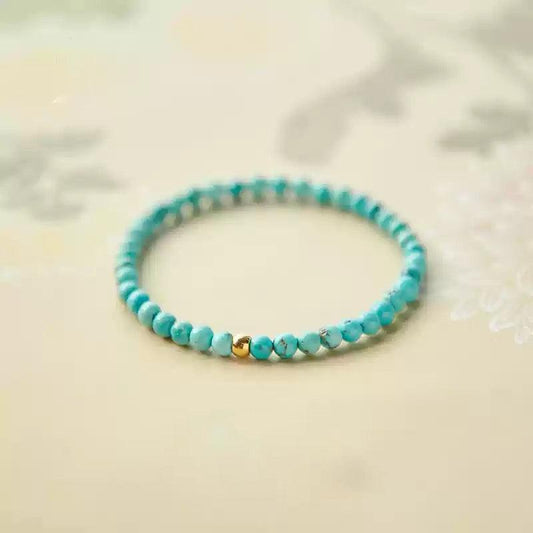Tritium Vials A Glowing Fascination
Tritium Vials A Glowing Fascination
The first time I held a tritium vial, it was encased in the tangibility of a wristwatch. It was my uncle’s old military watch, a relic that he wore like a badge of nostalgia. The tiny glowing markers on the face seemed otherworldly to my young eyes, a luminescent marvel that defied darkness. It wasn't the sort of glow that screamed for attention but an unassuming, constant green—comforting in its endurance.
Tritium vials have long sparked intrigue, primarily because of their self-luminance. Tritium, a radioactive isotope of hydrogen, is safely sealed within these minuscule glass tubes, and it emits a soft glow due to the decay of tritium gas interacting with a phosphorescent coating. This illumination can last up to 20 years or more, making it a favorite in applications ranging from military-grade equipment to keychain accessories. It’s a bit like science fiction made practical—a light that doesn’t fade with a dying battery.
But why is it, I hear you ask, that such a marvel isn’t sprawled across the mainstream? Well, tritium vials occupy a niche by necessity—regulations around radioactive materials mean they are not something you pick up on a whim in everyday shops. Their applications tend to be more technical and specialized. Watches, gun sights, and diving gear are where these vials feel most at home. For enthusiasts, their appeal is partly about function and partly about that indulgence in scientific elegance.
A friend of mine swears by his tritium-lit key fob. “I never lose my keys in the dark,” he quips with a chuckle, though he admits there's a certain thrill in owning something a little rarefied, a little off the beaten path. It's not just the utilitarian respect for the glow—it’s a connection to a world that thrives on the edge of obscurity, a conversation starter at gatherings where most will ask, “How does it work?”
Culturally, tritium vials might not hold the star power of other technological innovations, but they are a testament to human ingenuity. They've found a place in survivalist circles, where their reliability is prized above all else. When you’re out in the wilderness, that steady green glow becomes more than just a light—it’s a reassurance that no matter the hour, you have a beacon that won’t fail you.
Of course, my enthusiasm for these glowing gems inevitably raises eyebrows. “Aren’t they radioactive? Is that safe?” The questions have humor in them, but also genuine curiosity. In the context of tritium vials, the radiation levels are exceedingly low—significantly less than everyday cosmic radiation you’d encounter on a commercial flight. The safety measures are stringent, ensuring they remain benign in their applications.
There’s something undeniably charming about tritium vials. They are a delightful blend of science and functionality, serving a purpose while engaging the imagination. Each vial, aglow in its enclosure, echoes a small part of history, where science met everyday needs with precision. Who knew that overshadowing darkness could be countered in such a quietly spectacular way? It makes you wonder what other small marvels of the modern age lurk in unexpected corners, waiting to be discovered.
